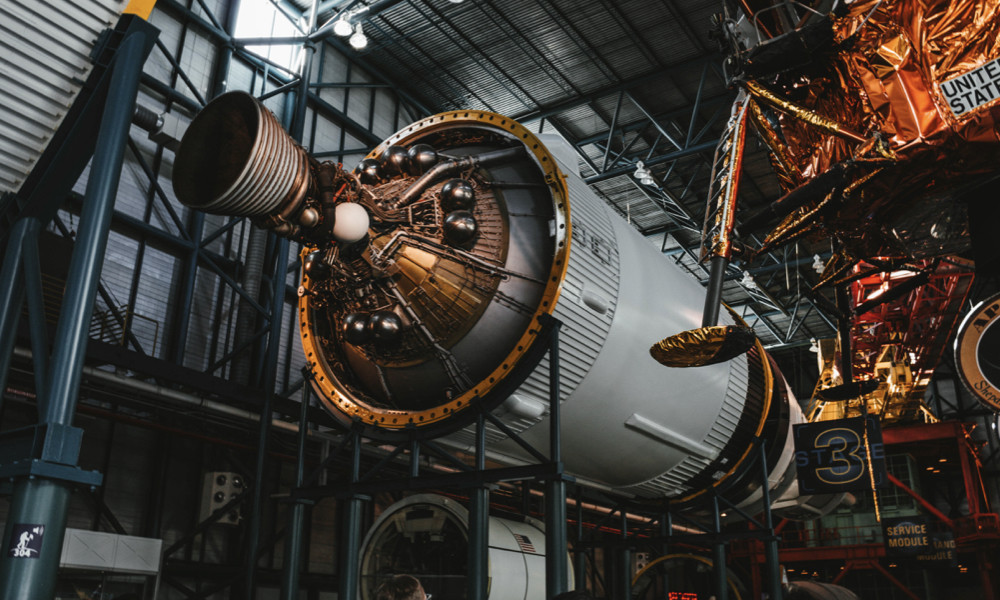
ESA Open Invitation to Tender AO10459
Open Date: 06/08/2020
Closing Date: 15/10/2020 13:00:00
Status: ISSUED
Reference Nr.: 20.138.04
Prog. Ref.: Technology Developme
Budget Ref.: E/0901-01 – Technology Developme
Special Prov.: BE+DK+FR+DE+IT+NL+ES+SE+CH+GB+IE+AT+NO+FI+PT+GR+LU+CZ+RO+PL+EE+HU
Tender Type: C
Price Range: 100-200 KEURO
Products: Satellites & Probes / Mechanisms / Mechanisms / Other
Technology Domains: Space Debris / Modelling and Risk Analysis / In-orbit Risks
Establishment: ESTEC
Directorate: Directorate of Tech, Eng. & Quality
Department: Systems Department
Division: Systems Engineering Division
Contract Officer: Singer, Anze
Industrial Policy Measure: N/A – Not apply
Last Update Date: 06/08/2020
Update Reason: Tender issue
There are a number of initiatives around Europe to develop both satellites for In-Orbit Servicing (IOS) and the technologies required to enable IOS. There are a number of technical challenges when performing rendezvous and capture, one of these being Electrostatic Discharge (ESD) due to spacecraft charging. Satellite charging is the accumulation of excess ions or electrons on the structure/surface due to the interaction with space plasma. The amount of charging is a function of the satellite characteristics (e.g. shape,size, materials) and the environment (e.g. plasma at the operational orbit). Therefore two satellites with a different compositionin the same orbit will have differential charging due to the satellite characteristics. When a significant differential charging occurs there is a risk of discharge arcs (or arcing), whereby there is a strong electrical current flow. These arcs emit electromagnetic radiation, resulting in a number of unwanted end-effects from arcing such as interference or noise in various systems. For IOS,this arcing is likely to occur between the capture system of the servicer and the capture point on the client. Depending on the magnitude of the discharge, different solutions may be required. In-Orbit a number of rendezvous missions have already occurred in low-inclination LEO orbits (e.g. ATV and ISS), but this orbit in particular is protected by the Earths magnetosphere and therefore satellites that would participate in a rendezvous and capture in SSO, MEO or GEO would have a significantly higher differential charging. The purpose of this activity is therefore determine the potential risk of differential charging for various orbits/configurationsand then identify mitigation solutions. The objectives of this activity shall be to: Analyse the differential charging for two different In-Orbit Servicing (IOS) scenarios across a range of orbits including LEO-ISS, LEO-SSO, MEO, GEO Identify the potential end-effects as a result of discharging Identify and elaborate on potential solutions/technologies that could mitigate the end-effects.
If you wish to access the documents related to the Invitation to Tender, you have to log in to the ESA Portal.
